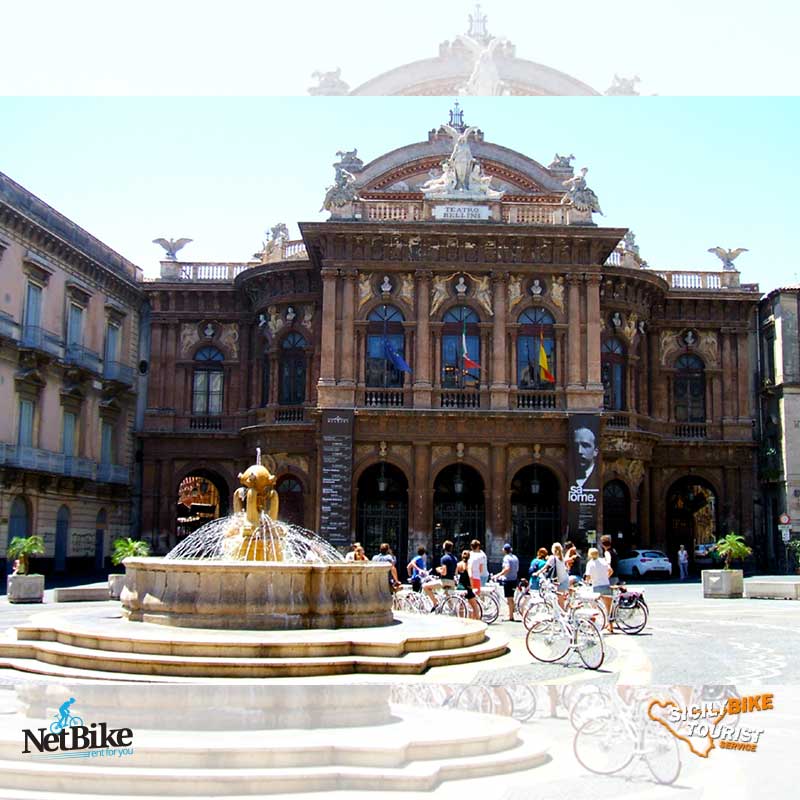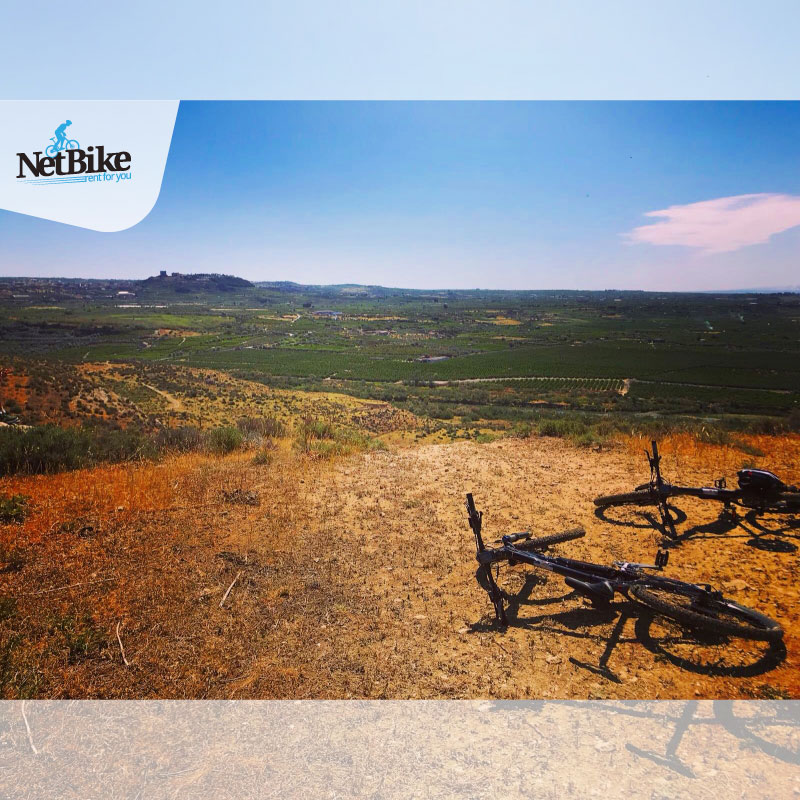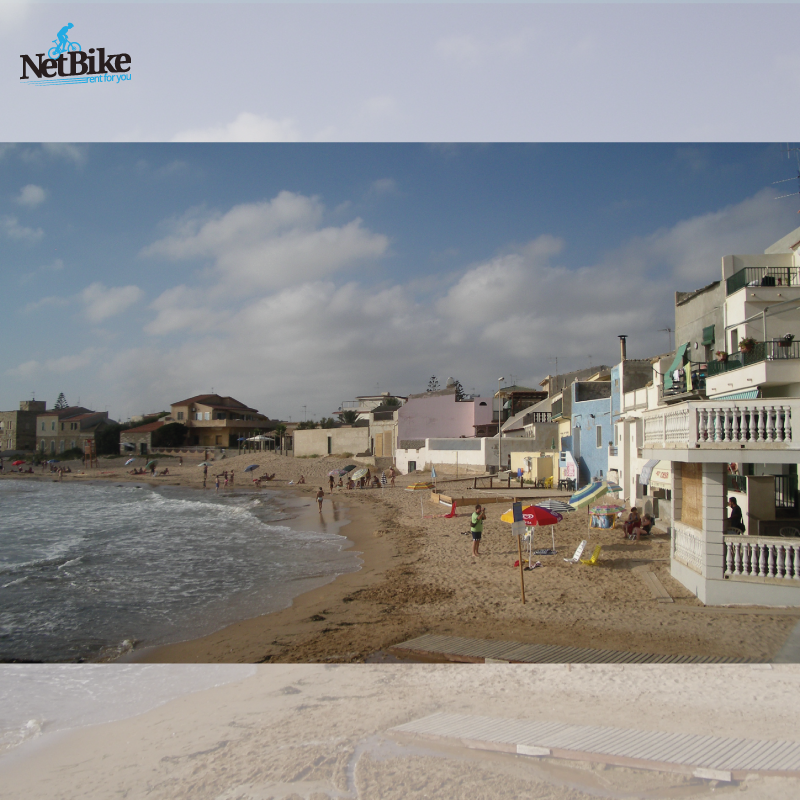Catania Barocca
Explore the city, as you never thought of doing. Thanks to this e-bike tour, you will be fascinated by the Baroque of the city of Catania, passing through Via Crociferi up to Via Etnea, we will be happy to guide you through the historic center among the Unesco heritage monuments and palaces, which characterized one of the most beautiful eras of Sicilian history.
The square is one of the most important and most popular in the ethnographic center, due to its central location, but also for the contiguity with Fera 'o Luni (Monday's Fair, according to popular interpretation) historic city market.
The city of Catania boasts a long theatrical tradition. At the end of the 19th century, he had many halls such as the Castagnola del Carmine, the Pacini arena, the Nazionale, the Coppola, the Prince of Naples, San Carlino, the Garibaldi and the Machiavelli, but the most significant response to this vocation is the lyric theater called Massimo, dedicated to Vincenzo Bellini.
The existence of the square dates back to at least 1696 when, on the west side, the same university palace was built after the destruction caused by the seismic event of 1693. The palace was built on the design of several architects, among them Francesco, Antonino Battaglia and Giovanni Battista Vaccarini.
Via Etnea is the main street in the historic center of Catania that winds in the south-north direction. The road arose only at the end of the seventeenth century following the disastrous earthquake of January 11, 1693. The telluric event raged near to the soil of the city of Catania and under the rubble about two-thirds of its inhabitants perished. Thus a road was created from the duomo to the Etna and a road that crossed it with the east-west direction.
The Crossroads is a monumental road guide built in the 18th century in Catania. It starts in Piazza San Francesco d'Assisi and is accessed via the suggestive arch of San. Benedetto, one of the most beautiful passages in the historic city center.
The entrance from Piazza Dante highlights the decorative exuberance of the facades and balconies of the Benedictine Monastery. Today the Monastery is owned by the University hosting the Faculty of Letters. It is possible to visit a part of the Monastery and get an idea of the magnificence of the plant characterized by the long corridors, the elegance of the cloisters, the refractors and monocal cells.
In front of the Badia, you will find the North Prospect of the Cathedral, whose main access is located on the east side of Piazza Duomo, where you can admire the Fontana dell'Elefante, (in Catanese dialect 'o Liotru') in the center.








